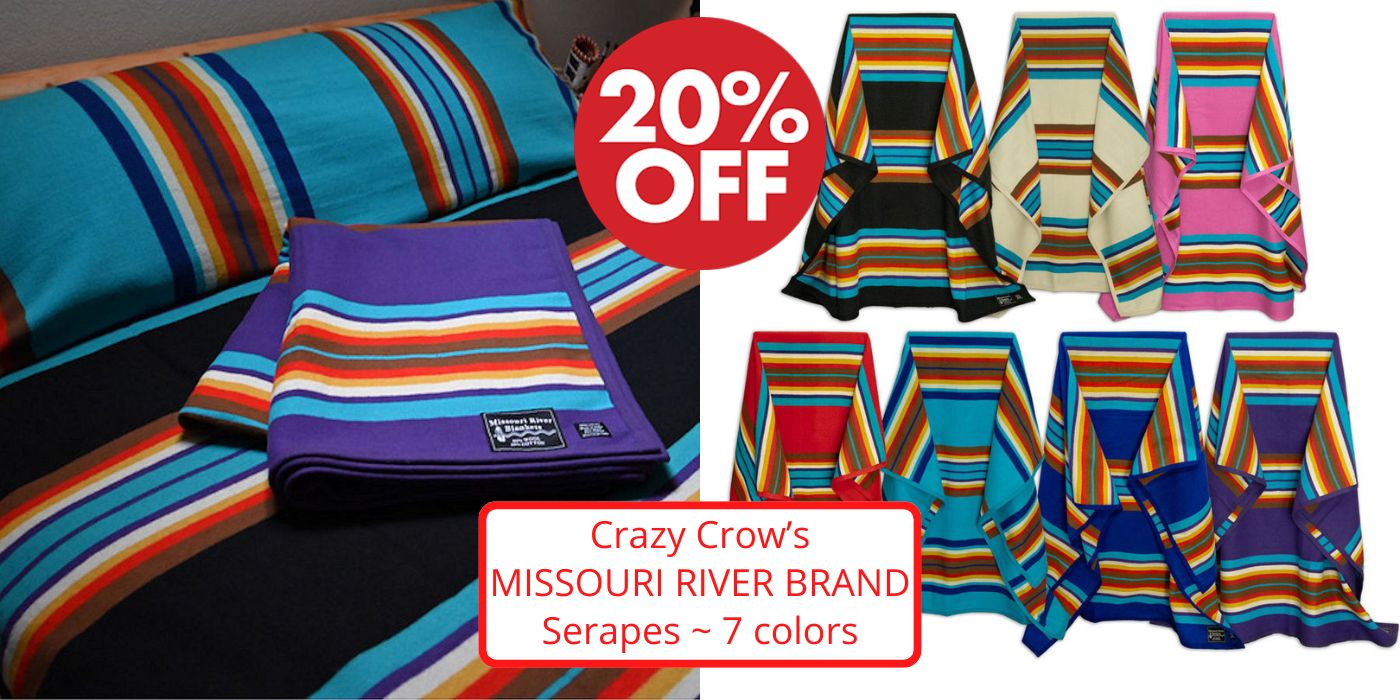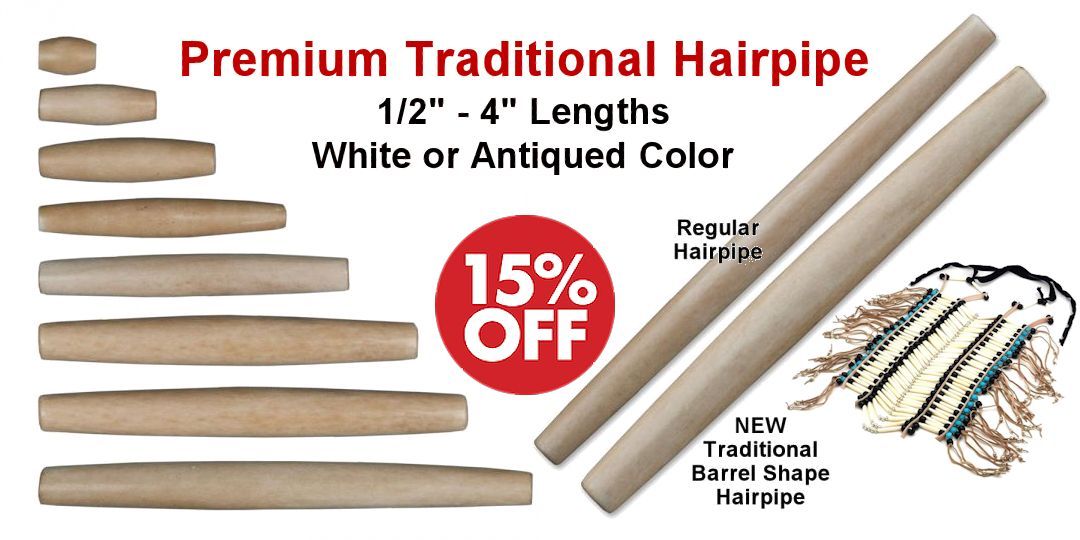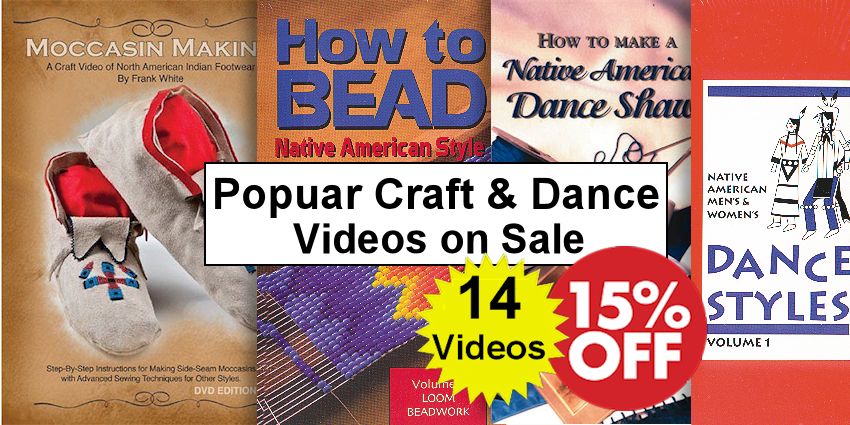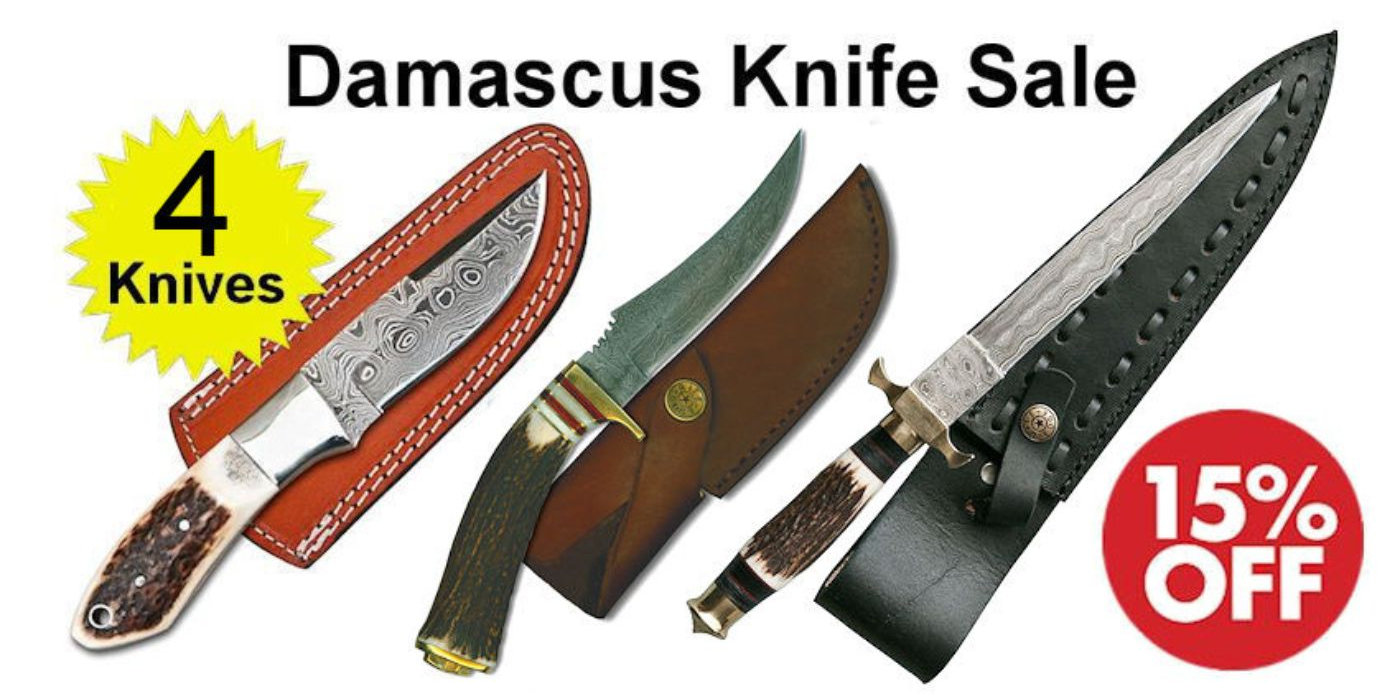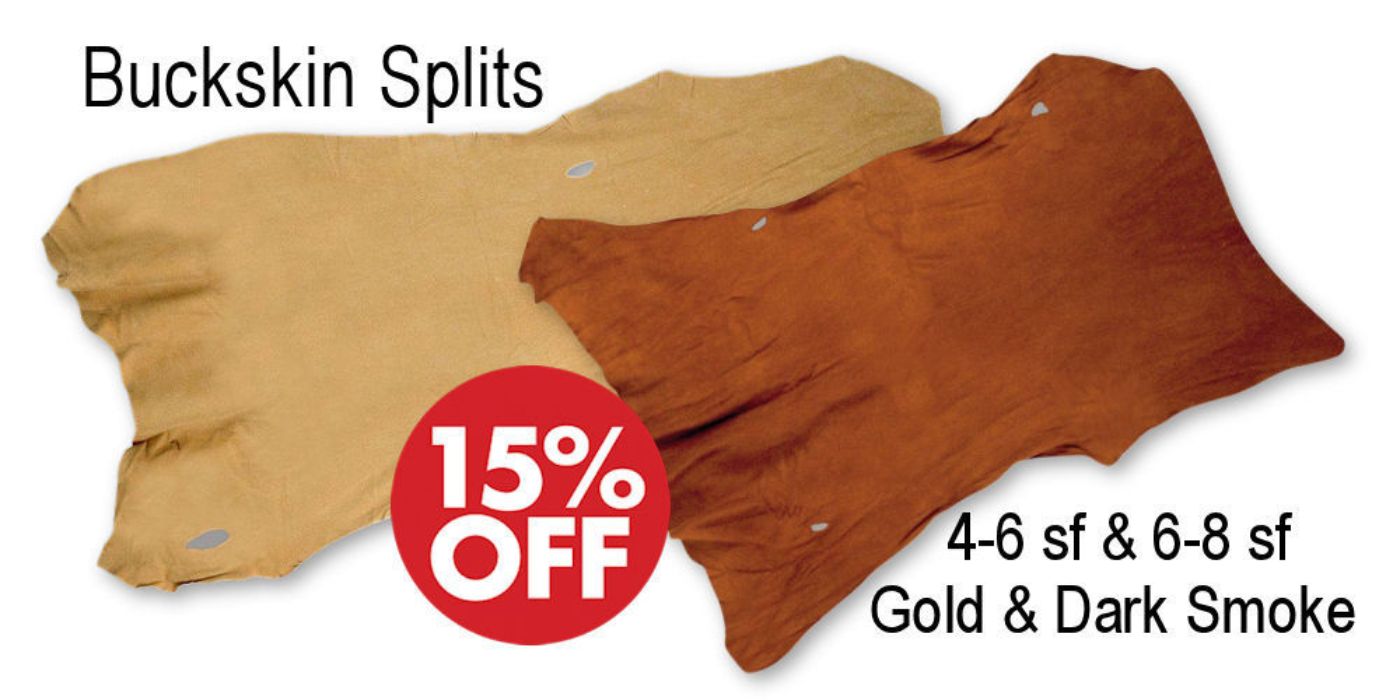

Seed Beads & Pony Beads – Mix or Match?
By Crazy Crow Trading Post ~ December 2006
Photo Credit: The Children’s Museum of Indianapolis, CC BY-SA 3.0, via Wikimedia Commons.
Blackfeet or Lakota storage bags ca 1875-1885
Seed Beads & Pony Beads – Mix or Match?
By Crazy Crow Trading Post ~ December 2006
Credit Above Photo: The Children’s Museum of Indianapolis, CC BY-SA 3.0, via Wikimedia Commons.
Blackfeet or Lakota storage bags ca 1875-1885
The more a crafter uses seed and pony beads, the more he realizes that there is a lot to learn just about the beads themselves. Most of us start by using Czech beads, then discover modern-made beads from Italy, France, Germany, India, China, Pakistan, Japan, Taiwan, and elsewhere. But we figure that selecting beads will be easy, because they come in different size designations, and most everyone sells these according to the Czech system, with 5/0, 8/0, 10/0, 11/0, 12/0, and 13/0 being the most popular. And it is comforting to learn that we don’t have to rely on mere descriptive terms for colors (for example, just how “light” is “light blue”?) when the shades all have designated color numbers (example: #240 is light blue). So, having learned the size and color nomenclature, it should be a simple matter to get beads that match, no matter where or when we buy them, right?

But quickly we discover inconsistencies: There are minor variations within sizes, such that, even within one hank of beads, the sizes vary (for example, not every #240 blue in your hank of 11/0s is the same size.) And within these same 11/0s we just bought, beads from one color are a different size than the other 11/0 colors (for example, the #081 reds might be smaller than the #146 yellow).
Countries that use the Czech designations don’t all produce the same sizes as each other: French beads are approximately one size larger than the Czechs, so that French 10/0s are larger than Czech 10/s, for example. (Note: In the Czech system, these fraction-like numbers actually represent real fractions of an inch: The beads on a string of 10/0 beads are approximately 1/10th of an inch wide, an 11/0 row = 1/11″, etc.) Further, some suppliers maintain the Italian sizing system for Italian beads. For the Italians, pony beads start at a “4” and go down in size to “0”, then the seed beads start at 2/0 (approximately the same size as a Czech 10/0) and go down to a 9/0 (about an 18/0 Czech). Even though an American supplier may try and convert the Italian beads to the Czech system, these beads only have approximate equivalents to the Czech sizes. An Italian 4 pony bead is approximately the same as the Czech 5/0, but a 4/0 Italian is between an 11/0 and 12/0 Czech. (See chart)

Another frustration is that, not only are the sizes inconsistent, but so are the colors. Bead lots, like cloth, vary from batch to batch: The #252 Czech beads you bought last year are different from the #252 Czechs you bought last week. And, as it turns out, color descriptions and numbering systems do vary from country to country: The German beads you bought that were designated as periwinkle probably are a different shade than the Czech #252, etc. So we see that not every manufacturer and importer uses the same color designation system. (After all, modern computer graphic systems recognize over 76 million colors!) To make it more interesting, some countries do not make all shades, so that, to reproduce certain old style pieces, we’re compelled to buy beads manufactured in several countries in order to achieve a close reproduction piece.

Credit Above Photo: Nez Perce, Public domain, via Wikimedia Commons. Nez Perce Beaded Bag ca 1850-1860 on brain tanned hide.
Besides size and color, we also learn that the glass quality is not the same from all countries. Some beads break or crush more easily than others, and colors in some will fade with repeated sunlight exposure. However, your better U.S. suppliers strive to sell the better beads, those from Czech Republic, Germany, Italy, Japan, and France.
Not even bead hole sizes are consistent: Holes in French beads are more uniform in size than those from Italy, etc. The French also claim to have large holes in even their smallest beads, whereas hole size diminishes with bead size in most other countries.
Gee, what’s this all about?
Simply put, bead manufacturing, despite centuries of evolution and modern rigid standards, still encounters technical problems, the countries have different conventions, and the resulting beads vary from manufacturer to manufacturer, batch to batch, color to color, and country to country. Also, modern government environmental standards have severely reduced or entirely eliminated the use of lead and arsenic in some countries, which elements are used to achieve particular colors.
Is This Important?
So, is it really important to buy beads that match perfectly in size, color, hole size, and quality? That, of course, is up to the individual beadworker. Obviously, it would make beading easier if there was no variation within these elements. However, as we do more beading, we learn that we can live with these minor inconsistencies, just as the Native Americans did. Look at Indian beadwork from the 1800s: The seed beads on any given piece from that period vary considerably in size and shape, compared to modern beads. Yet, the Indians learned to use them with great effect, such that you wouldn’t notice the irregularities in old beads without looking at them up close.

Credit Above Photo: The Children’s Museum of Indianapolis, CC BY-SA 3.0, via Wikimedia Commons. Blackfeet or Lakota storage bags ca 1875-1885
To what degree uniformity is important also depends on what kind of product and bead technique you’re planning: Obviously, some beading techniques lend themselves to the use of different bead sizes while others do not. Loom-work is made much easier by the use of same-size beads. However, in lazy/lane stitch and appliqué, size consistency is not so necessary. And are you replicating contemporary Indian beadwork, “old” Indian-made beadwork, or making free-lance, original, contemporary “bead art”? Frankly, when doing Indian beadwork – old or new – we should observe how the Indians have done it. Imagine that you’re a Cheyenne beadworker living on the plains in 1860. Your only sources of beads are the traders, and their colors and sizes vary, with considerable inconsistencies in manufacturing quality. So you make do with what you can get. Accordingly, if you examine “old beadwork”, you’ll see that virtually all of the pieces have different sizes of beads: A lane of beadwork may have a solid row of red white-line with 9 beads per stitch, while the solid row of white next to it has 10 beads. So, we see that they used whatever was necessary to fill the space and create the design elements for that particular piece, and, like the old timers, we can learn to sort our beads as we go.
Further, on appliqué beadwork, the eye tends to fill in gaps between beads, especially where one row intersects another. Many examples demonstrate that, upon close inspection, there are little spaces of background cloth that show through, that is, they are not covered by beads. So, if this was good enough for the old time beadworkers, is it good enough for you?
Myths: Transparent Beads –
Like many art forms, there are a number of false notions regarding historical beading. One is that “Indians did not use transparent beads.” Sorry, but you’ll find that Natives used transparent beads from the east coast to the west, including the Plains. They used them in design elements of pieces with opaque bead backgrounds, they used them as backgrounds with opaque beads in the designs, and they used them exclusively in projects, without opaque beads. The tendencies for using transparent beads may be different from tribe to tribe, but Indians have been using them with stunning effects for quite some time.

Credit Above Photo: Wolfgang Sauber, CC BY-SA 3.0, via Wikimedia Commons. Lakota storage bag ca 1885-1895. National Cowboy & Western Heritage Museum – Oklahoma City.
Pre-1850 –
Another myth says that Plains Indians didn’t use seed beads until 1850 or later. The research shows otherwise. Allen Chronister, in his article, “Beadwork in the American West”, from The Book of Buckskinning VIII, cites numerous collected and documented examples of the pre-1850 use of seed beads. True, beadwork was predominantly done in pony beads in the early 1800s, but there were many pieces where pony beads AND seed beads were used together on the same object. (Note: “Pound beads” or just “beads” were the European terms used in those days for these larger beads. It was not until 1929 that the term “pony beads” was applied.) The trade inventory carried by Lewis and Clark (1804-1805) included “seed beads”, and, by the 1830s, seed beads were part of inventories of the several trading posts established on the northern Plains. Archeological sites of Indian villages have yielded a surprising array of seed beads from the pre-1850 period. The trend was that, in the early 1800s, beadwork was predominantly pony beaded. Seed beads were used with pony beads, but the proportions of pony-to-seed beads reversed over time, so that, by the 1850s, pony beads were little used and seed beads took over.
Pre-1800
Another story is that there were no glass beads on the Plains before 1800. Actually, some Plains tribes were receiving quantities of European goods, including glass beads, as early as 1730, and these were distributed to other tribes through trade.
Don’t Mix Your Beads –
A notion among beginners is that, when planning a project, you should acquire beads all in the same size and made in the same country. But why limit yourself? As we’ve indicated above, this theory is self-defeating because of the variations in bead sizes and colors. The smart beadworker will buy the colors he likes for the project at hand. And, whether a bead is marketed as “old time” or “modern”, Czech, Italian, French, or German shouldn’t make any difference. You should buy the color that most fits your needs. For example, there are some great shades in the current Czech bead line that fit perfectly well in an old-style project. To help with sizes, just keep in mind that French beads are approximately one size larger than the Czech, Italian, and German which are generally the same size as each other. (For example, if you have 11/0 Czech beads, order 12/0 French.)
For those wishing to replicate “old time” beadwork, this idea of mixing beads is becoming more important with the passage of time. Stocks of old beads will eventually disappear. So the wise bead worker will stock up on old beads as he’s able, while buying from new stock, as needed. What does it matter if a piece has new beads mixed with old, Czech beads mixed with French, as long as the final result is pleasing?
Conclusion
Beadworking is an art form, limited only by the skill and imagination of the artist. The wise beadworker will not confine himself in his choices of supplies when there is so much from which to choose. There is a wonderful array of beads available on today’s market. And the opportunity to study original examples of Indian beadwork through books and the internet is immense. So do your research and grow in your craft by taking advantage of all that’s before you.
Crazy Crow Articles
Current Crow Calls Sale
July – August
SAVE 10%-25% on popular powwow, rendezvous, historic reenactor, bead & leather crafter supplies. It’s official, Summer is here, and so is the heart of Powwow, Rendezvous & Historic Reenactment seasons. 4th of July Celebrations is here, and just blink and Labor Day will be here. This sale offers many popular items for Native American, Rendezvous & Historic Reenactment outfits. Sale items include our Missouri River Brand Serape Blankets, a big DVD sale, Missouri River Patterns, 18th Century Linen Hunting Shirts, select Damascus Knives, Buckskin Splits, Bone & Horn Hairpipe, Plastic Crow Beads, Leather Pouches & Bags, and much more!


